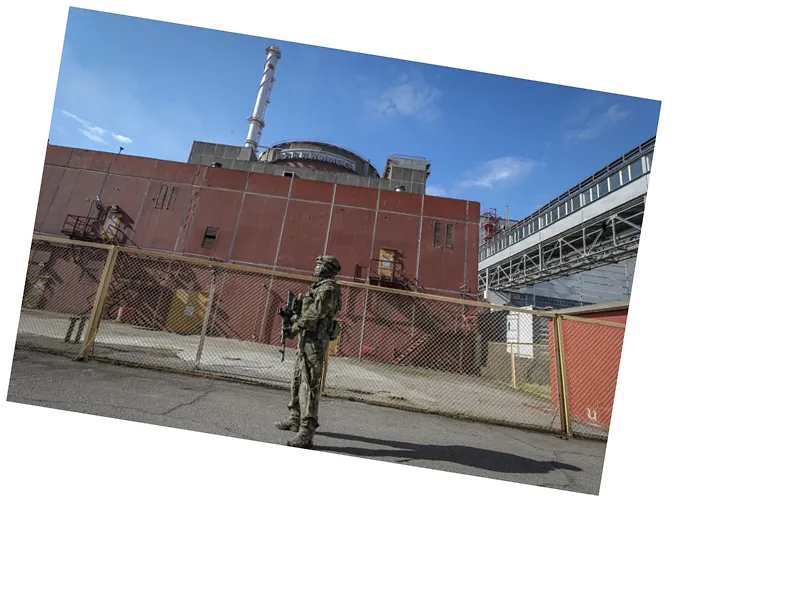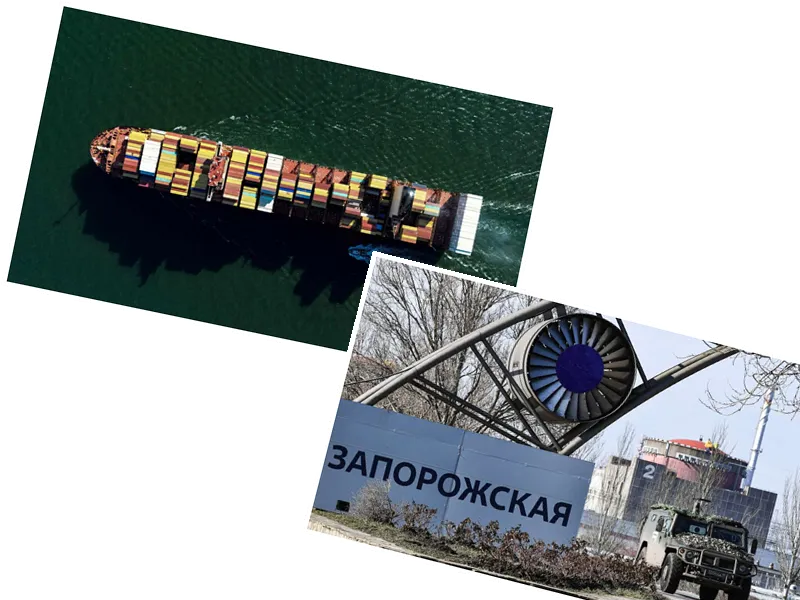Renewed Tensions at the Zaporozhye Nuclear Power Plant
The Zaporozhye Nuclear Power Plant, Europe’s largest nuclear facility, has once again become a focal point of escalating tensions between Russia and Ukraine. Since its capture by Russian forces on March 1, 2022, the plant has been at the center of mutual accusations regarding military aggression. The Russian Ministry of Defense recently claimed that Ukrainian artillery targeted the plant twice within just 24 hours, with shells landing dangerously close to critical areas such as the fuel storage depot and the reactor cooling station. Conversely, Ukrainian officials, including the mayor of Enerhodar, Dmytro Orlov, accused Russian forces of bombing the city, resulting in significant damage to residential areas.
Historical Significance and Operational Capacity
Constructed between 1977 and 1996, the Zaporozhye Nuclear Power Plant comprises six VVER-1000 reactors, boasting a total capacity of 5,700 MW. This facility is pivotal for Ukraine's energy landscape, producing approximately 37 to 38 billion kilowatt-hours annually, which constitutes about one-fifth of the country's electricity supply. While the plant has remained operational despite the ongoing conflict, the risks associated with military activities in its vicinity raise serious concerns about nuclear safety. The facility’s strategic location, situated near the Dnieper River and with only one access point, adds to its vulnerability amidst the ongoing war. With the potential for catastrophic consequences, the international community continues to watch closely as tensions mount around this critical energy infrastructure.
- The Zaporozhye Nuclear Power Plant has a rich history, having been designed during the Soviet era to support Ukraine's energy needs. Following the Russian invasion, operational protocols were altered to mitigate risks, including the shutdown of certain reactors. The plant's operational integrity is crucial not only for Ukraine but for the broader region, as any disruption could have far-reaching implications for energy supply and safety. The situation at the plant remains precarious, with both sides trading accusations that further complicate an already volatile environment.






